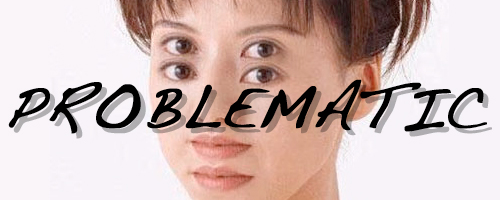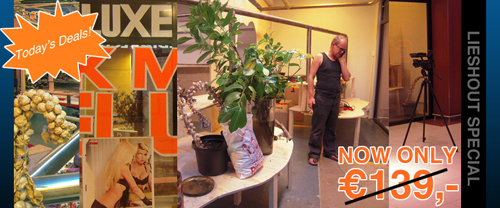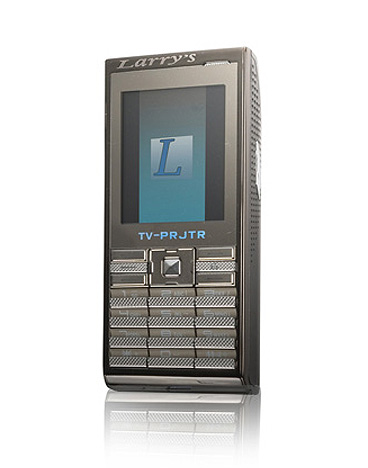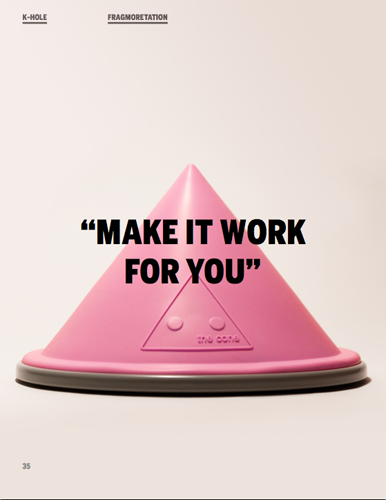
Most artists assume the role of an artist, perhaps by going to school, perhaps by having a studio, or not. Bruce Nauman made it simple by deciding that anything he did in his studio was art. With that out of the way, artists assume all kinds of other roles. Artist and filmmaker, artist and professor, artist and writer, artist and curator are some of the more popular ones. (Note the and, which spans, while it also emphasizes, a gap between two distinct nodes.) An institutionalized art context encourages categorization and, in turn, the harboring of split personalities. Some artists go so far as to christen their various professional identities with individual names. However, identity can be as slippery as a new hardwood floor and we don’t necessarily accessorize like the President does, one hat for each job title. Sometimes we take on two or more roles at once – the Artist as (Fill in the blank) – and the oft-overlooked role of Entrepreneur is particularly relevant in today’s frenetic roller coaster economy.

Erik van Lieshout's Online Shop, www.erikvanlieshout.com.
Artists like to get paid as much as the next guy, but particularly for us, there is no singular path to get that paper. Warhol, the perennial entrepreneur, had a factory among many other things. Paul McCarthy did too – a temporary, yet fully functional chocolate factory housed in 6,000 square-foot space of Maccarone Gallery in New York. Actually, a lot of artists maintain studio-factories nowadays. Murakami built a creepy-cute empire of branding and merchandising. Damien Hirst clearly knows how to make money, but he also owns a classy-casual harborside restaurant just for kicks. Maybe this makes him an Artist and Entrepreneur, although his record-breaking sales record might suggest more of an Entrepreneur as Artist. Phil Collins has a bar. Spencer Sweeney has a club. Carol Goodden and Gordon Matta-Clark opened Food to explore the performative aspects of cooking and eating food, while presumably making a little cash on the side. Andrea Zittel’s Smockshop is a somewhat more socialist twist on a production model of outsourcing. Erik van Lieshout camps out in a mall saying, “Real luxury is buying nothing,” while turning an empty store space into a working studio and mall-goers into active participants. Andrea Fraser simply says, “If I’m going to have to sell it, I might as well sell it.”
This is the picture of the Artist as Entrepreneur: one who may emulate and enact business practices for the sake of art and/or money.It is with this in mind that I profile several artist-initiated, entrepreneurial-minded projects that ride the murky line between art and money, business and pleasure.


"Times" by Matthew Lutz-Kinoy hanging above the bar at Times. Photo by Calla Henkel.
Party Performance
One month ago Calla Henkel, Max Pitegoff, and myself debuted our new space in Berlin-Neukölln called Times. It is a bar, but furthermore it is a Verein für Kunst und Kultur: a meeting place for artists, a venue for performance, and a space for single artwork exhibitions. It started as a low-risk business venture – Berlin is the place to find cheap rents, relatively simple registration and licensing, and plenty of people who like to have a good time. However, as the Verein takes shape, we find that our entrepreneurial selves rarely act entirely independently from our artist selves as evidenced, for example, by our constant reinvention of the space: the menu/playbill changes every night, the artwork hanging above the bar rotates monthly, and we have started regularly “curating” the bathroom reading materials with carefully chosen tabloids and Bauhaus catalogs. The next addition to the Times program is Facetime, a regular series of barside chats in which two invited speakers take turns interviewing each other followed by an open Q and A. The interviewees/interviewers preface their conversation by throwing back a double shot to swiftly aid in the blurring of art and life.

Screen shot of www.halbezijlstra.com
I Don’t See Any Funding Cuts Here
Constant Dullaart recently presented his wily get-(kinda?)-rich-quick web-scheme at Lost & Found in Amsterdam, a forum devoted to presenting rare media finds and divulging never-publicly-told background stories and the like. In light of the recent proposed Dutch budget cuts that would drastically reduce government spending on culture, Dullaart capitalized on the google-ability of a single name: Halbe Zijlstra, the State Secretary for Education, Culture, and Science in the Netherlands (AKA the guy who proposed the cuts). Anticipating that throngs of freaked out Dutch artists would suddenly be typing H-A-L-B-E-Z-I-J-L-S-T-R-A a lot more than usual, Dullaart purchased the domain names halbezijlstra.eu, halbezijlstra.com, halbezijlstra.org, and halbezijlstra.net. Each site features a block of Google ads right smack in the middle with a background image of either van Gogh’s Starry Night or Lucy by Marlene Dumas, while Metallica’s No Remorse autoplays upon loading. Dullaart sums it all up by saying, “Halbe Zijlstra encourages artists to think more about making money than about the quality of their work, so I decided to make some money on his behalf.”

The Larry's Phone
Merchandising 2.0
Businessman, artist, and weirdo Canadian, Martin Thacker is a bit of a renaissance man. He is a founding member the group Larry’s, which has produced publications, exhibitions, editioned works, and products since 2007. He also founded Venture Tek Core U.G., a Berlin-based company that specializes in “facilitating trade in technology solutions, food products, and office and studio equipment.” VTC grew from Thacker’s initial need of a power transformer to convert the power supply for expensive lighting equipment purchased in North America for use in Germany. To generate income which would offset money-losing pet projects, he began importing transformers from China to then sell online in Europe. He eventually made a trip to China to seek out new products, visit factories, and meet manufacturers in person. Some of Thacker’s imported products have found their way into Larry’s projects, for example, the Larry’s Phone. It is a limited edition Chinese-made touch screen cell phone engraved with a Larry’s logo that comes with a built in video projector and the complete Larry’s Collection in digital projection format along with custom Larry’s ringtones. The Larry’s Phone debuted at the 3rd Züricher Zine Sezession and has subsequently been available for purchase in Berlin and Amazon.com. I almost bought one when my Blackberry died, but opted for an iPhone (sorry guys). A Larry’s Phone 2.0 is currently in the works.

Page from K-HOLE #1: FRAGMORETATION
Partly Cloudy With A Chance Of Scattered Showers
K-HOLE is a new trend forecasting report by a team of young cultural strategists (Greg Fong, Sean Monahan, Emily Segal, Chris Sherron, and Dena Yago), some of which identify themselves as artists, but all of which have some interest and investment in the art world – their launch for K-HOLE #1 was at Renwick Gallery in New York, after all. The report paints a picture of the future of effective branding and calls it FragMOREtation, a term that describes a strategy of defining what one is not: “Uniqueness relies on what you DON’T do.” K-HOLE predicts that future consumers will make conscious purchases rather than “hazy shopping,” supporting their sense of individuality while allowing them to “slavishly adopt a niche brand.” The report cites campaigns by Daffy’s, Venmo, Stone Island, and The Cone as examples that satisfy many of the adjectives on their FragMOREtation descriptor checklist: secrecy, dispersion, discretion, opacity, segmentation, etc. Daffy’s produced an underground poster campaign in which a partially obscured image is coupled by the text, #UNDERGROUNDPUZZLE. Interested persons would have to search this hashtag on twitter to discover the full scope of the campaign. The Cone is simply a cone-shaped vibrator that, by design, has no “correct” way it should be used. By resembling neither male nor female genitalia (nor human, for that matter) excited users have to invent how they will pleasure, or “cone” themselves. In some ways the report reminds of Seth Price’s Dispersion, mainly that both are design conscious illustrated PDFs available online for free download and both deem fragmented methods of distribution and dissemination as valuable and inevitable in the current cultural media landscape.
[youtube:https://www.youtube.com/watch?v=xUkt6dvYtKI]
When and if this sour economy ever sweetens we may look back at these times and smile. Some of us are having a good time rolling around in the muck, maybe even finding a few coins behind unlikely ears. No wonder the MFA became the new MBA back in 2004. Artists are a crafty, shape-shifting bunch after all.



